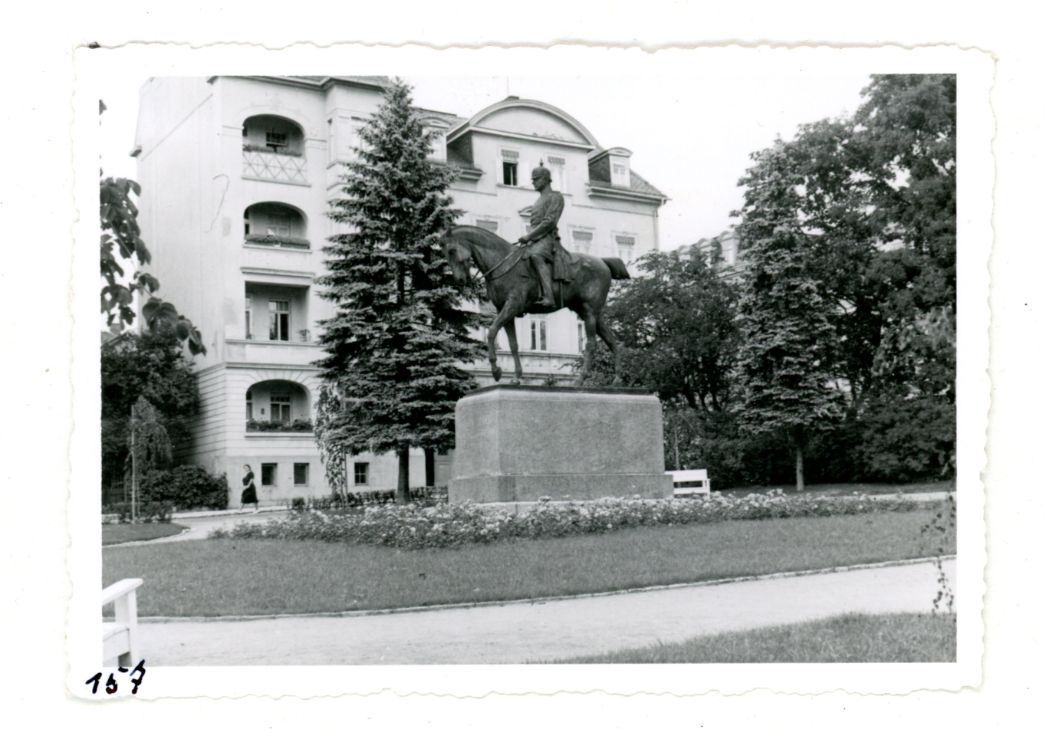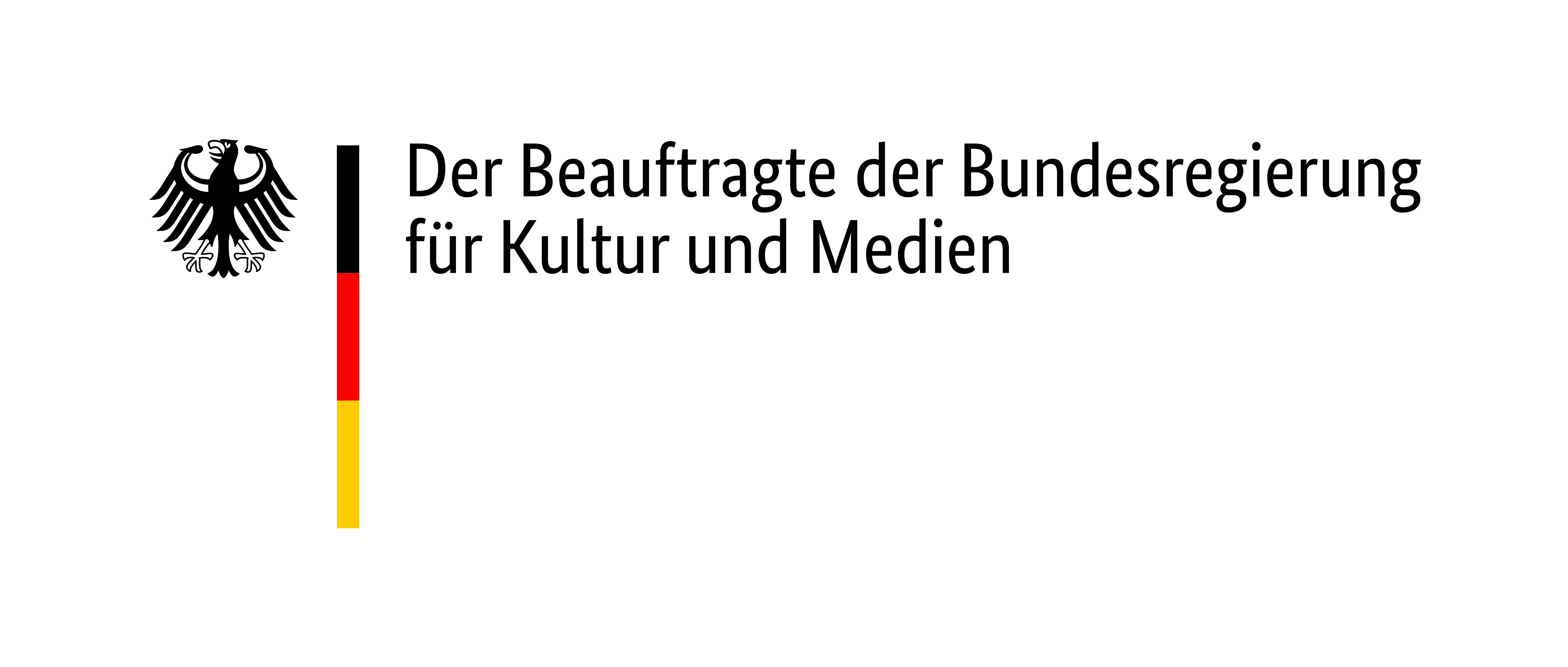
On 31 July 1932, the NSDAP became the strongest party in the Thuringian state parliament elections with 42.5 percent of the vote. Under its Gauleiter Fritz Sauckel, a new state government was soon formed - still in association with the national-conservative stooges of the Thuringian Landbund - which was the second in the German Reich to be led by the National Socialists. Their election victory, and even more so the takeover of power in the entire Reich, was accompanied by plans to reorganise Weimar into a Gau capital in the National Socialist sense. One of the reasons for this was the inadequate spatial conditions for the mass marches of Nazi supporters and the resulting hindrance to their presence. A separate rally site was needed, as well as new government and party buildings that would symbolise the Nazis' appropriation of Weimar in a prestigious manner. The choice for the future Gauforum fell on the former Karl-August-Platz, which from 1937 was called Adolf Hitler's Square.
Sophienstraße now served as a National Socialist marching axis, lavishly decorated with National Socialist symbolism: Anyone arriving at the railway station in Weimar was directly confronted with the National Socialists' claim to leadership. The entire entrance to the city was given a militaristic reinterpretation: the Jubilee Square at the station was renamed Bernhard-von-Weimar-Platz in honour of the Thirty Years' War commander, who was stylised as a hero. The route then followed Sophienstraße and passed the monuments to the Franco-Prussian War and Grand Duke Carl Alexander, which now faced each other on Watzdorfplatz. The latter had been removed as a result of the National Socialist remodelling of Karlsplatz (today's Goetheplatz) and moved to the eastern side of Watzdorfplatz.
Despite the ideological functionalisation of the city centre, Watzdorfplatz and the war memorial lost their significance: only on Sedan Day, which commemorated the surrender of the French army in 1870, were a few wreaths still laid in remembrance. In 1937, the deputy Gauleiter Sieckmeier even banned public gatherings on the site. From then on, Watzdorfplatz and its war memorial stood in the shadow of Adolf Hitler's square and the Nazi Gauforum in the centre of Weimar.

